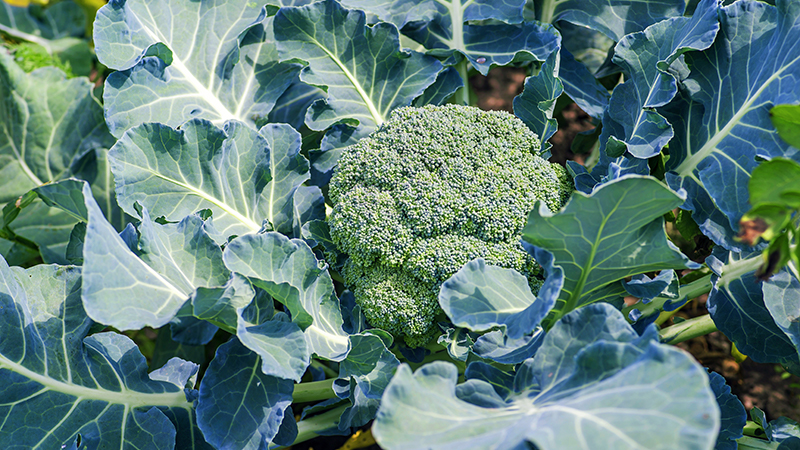Shear Genius: Sheep Step In As Natural Weed Control for Grape Growers
As one of the oldest vegetative management tools, grazing sheep can provide a viable option to conventional means of weed control while also gaining other economic and environmental benefits, according to John Gorman, Vineyard Manager at Stuhlmuller Vineyards in Healdsburg, CA.
Gorman, while speaking at a North Coast IPM seminar, explains the management practices and necessary infrastructure to support sheep grazing. Grape growers, he says, can use sheep to manage vegetation and reduce chemical herbicide use, particularly if the grower “wants to incorporate organic and sustainable vineyard management practices” while gaining environmental benefits related to herbicide resistance and groundwater quality.
Integrating sheep can also reduce mechanical vegetation control. Whereas tractor use is dependent on the weather, Gorman says. “There is no time sheep cannot be in the vineyard, as long as it’s before bud break.”
Gorman adds that a reduction of labor costs can happen “as long as you control the labor costs for the management of the grazing program.”
Depending on the amount of rainfall and temperature, the grazing season (typically the dormant season) generally starts from November through January, with sheep grazing until vines start to bud, usually in March. Vineyard design is a critical component; trellising techniques can accommodate for sheep grazing, resulting in possibly two grazing periods within the same season.
“The decision to use sheep as a vegetation management tool is very site specific,” Gorman says. When making this decision, the vineyard manager must consider cost, availability of sheep, access to the vineyard, practicality, policy, social acceptability, and environmental impact, he adds.
The cost of grazing sheep always includes calculating the stocking rate, Gorman explains. The ideal situation allows for a cover crop of 4 inches, a stocking density of 10 sheep per half acre, and “moving the sheep every day.”
Management techniques focus on maximizing returns as far as nutrient deposits from manure along with grazing down vegetation. Landowners tailor their management techniques depending on their desired outcomes, balancing the needs of meat/wool/milk production against the need for weed management.

The ideal scenario allows for a cover crop of 4 inches, a stocking density of 10 sheep per half acre, and “moving the sheep every day.” – John Gorman, Stuhlmuller Vineyards, Healdsburg, CA
The practicality of using sheep for weed control is also related to the existing and additional infrastructure needed to manage the sheep. Even with the presence of a perimeter fence around the vineyard, sheep must be contained within the rows. Typically, a high-tensile electric fence between the rows ensures sheep are grazing according to plan.
Sheep also need a consistent source of water, cover for poor weather conditions, and protection from predators.
“Coyotes chewing on drip lines is an old pastime, so … the predator risk is probably the No. 1 issue of grazing sheep in the vineyard,” Gorman says. Typically, guard dogs provide protection from predators. Taking care of the dogs becomes another aspect of managing the sheep. An alternative to a guard dog is providing a protective shelter.
The vineyard manager will choose a sheep breed based on size, hardiness, and goals for value-added products (i.e., meat, wool, or milk). Bigger sheep graze higher with different browsing techniques. Breeds also differ in hardiness and production of amounts and quality of meat, wool, or milk. Managers must also choose the age, sex, and physiological condition of the sheep.
BUY OR LEASE
If the vineyard manager decides to integrate sheep grazing as a weed control method, the primary decision is whether to own or lease sheep. Owning sheep means the vineyard manager will establish a plan for sheep health and management, including safety, nutrition, reproduction, and diseases.
“The job may not always be as simple or cheaper than mechanical and chemical alternatives to control vegetation,” he says.
When contracting with a grazing service, the vineyard manager and grazing service provider must develop a shared vision of which is more important: extra product to sell or weed control.
“Grazing vineyards is a business,” Gorman says. “The vineyard manager must value the service and be willing to provide fair compensation that enables the grazing service provider to make a profit.”
In a similar fashion, the grazing service “must understand that the vineyard manager is in the business of growing grapes,” Gorman says. A typical vineyard contract with a grazer will include a job description (detailing location and time frame), a payment schedule (usually based on per head per day costs and upfront charges), an indemnity clause, and insurance provisions.
With careful analysis of site needs, a sheep integration plan can benefit both the sheep grazer and the vineyard owner. Gorman can be reached at [email protected] for more information.










